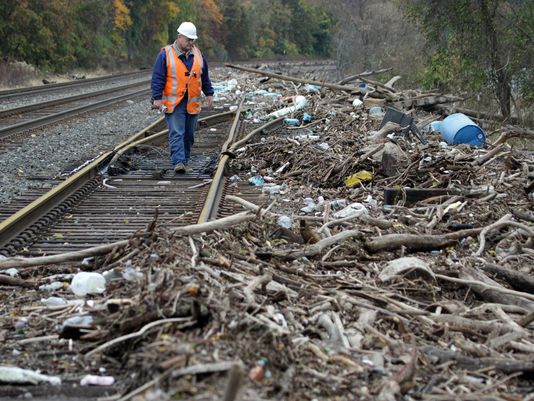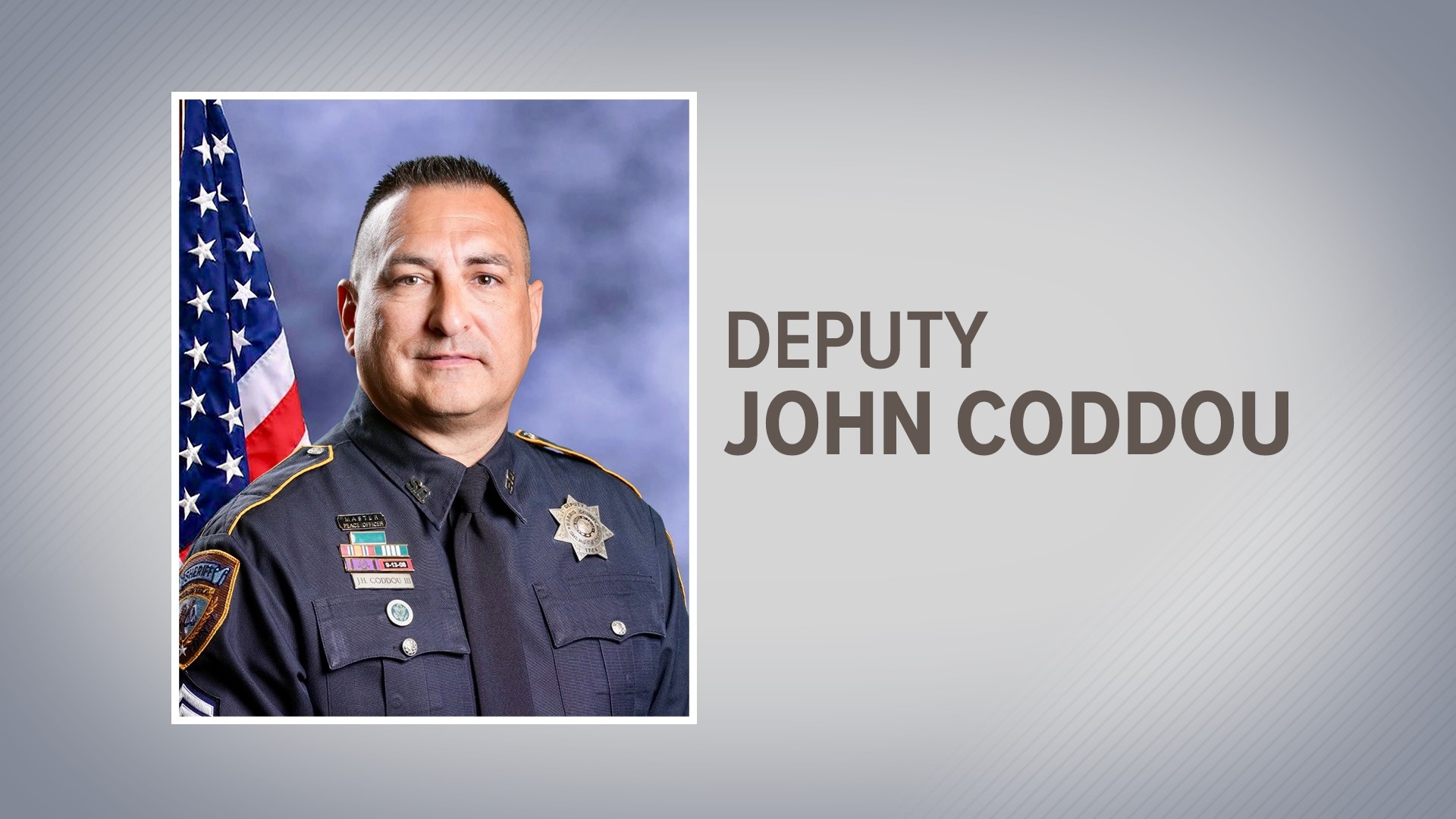WHITE PLAINS, N.Y. — Four years later, the statistics associated with Superstorm Sandy — the massive hurricane that made landfall in New Jersey on Oct. 29, 2012, and swamped the entire region — are still staggering.
The Hudson River swelled more than 10 feet during the storm. Seventy-mph winds were recorded in White Plains. More than 300,000 people in Westchester were in the dark for as much as a week. Across the river, 80% of Orange and Rockland Utilities' 300,000 customers were without power. Some reports put the death toll in the New York area as high as 106.
Few agencies were hit as hard as the Metropolitan Transportation Authority, which shuttered its bridges, tunnels and rails in preparation for the storm. Sandy cost the agency $5 billion in lost revenue and what was estimated to be tens of millions of dollars in devastation to Metro-North railroad.
While the system bounced back quickly in the wake of the storm, four years later, the railroad is still carrying out repairs tied back to the storm's path of destruction.
Flooding, storm surges and downed trees
Other train lines may have been hit harder — tunnels under the Hudson and East rivers flooded, the Long Island Railroad suffered extensive damage, and NJ Transit's rolling stock was hit hard — but there was still plenty of work to do in the early days to get Metro-North back on line.
The storm surges on the Hudson were enough to lift a boat out of a nearby marina and drop it on the Hudson Line tracks in Ossining.
Downed tree limbs blocked tracks. In some places, they crushed the third rail, from which Harlem and Hudson line trains draw power, and the overhead wires that provide electricity for New Haven Line trains.
The flooding at Tarrytown station was so severe, the station's big wooden benches floated and the building had to be closed due to mold.
“We lost a lot of substations and signal equipment," said then-railroad spokeswoman Marjorie Anders. "We had tremendous amount of tree damage. We had stations and tracks underwater.”
"Around-the-clock" efforts from track workers, linesmen and others allowed the railroad to restore partial service on the Harlem Line on Oct. 31, the day after the storm passed. Full service was up the next day. Two days later, the New Haven Line service was fully restored along with Hudson Line service between Grand Central terminal and Croton-Harmon station. By Nov. 3, the Hudson Line was back to full service.
Four years later, and still working
But four years later, there are still lingering effects. Most recently, in July, Metro-North rolled out changes to its reverse peak schedule between Tarrytown and Ossining so crews could begin work on the 30 miles of damaged power, communication and signal infrastructure between 145th Street and Croton-Harmon station in a project that will cost $161 million.
The railroad has received $313 million from the Federal Transit Administration since Sandy to help get back up to speed. By 2014, the railroad had fixed its damaged rolling stock — including trains and engines — and carried out much of the necessary shoreline stabilization work along the Hudson line, which saw some of the land under the tracks erode when water levels returned to normal.
Still, power, communication and signal fixes remained necessary, along with power substation replacements in Riverdale, Tarrytown and Croton-Harmon.
The first phase of those repairs will not be done until December 2017, according to the railroad. The $44 million project to replace three substations should be finished by April.
Fixing vulnerabilities
"I think the MTA as an agency was really far ahead in terms of preparation and as a result of being ahead on preparation," said Veronica Vanterpool, the executive director of the Tri-State Transportation Campaign and MTA Board member since June. "Taking the storm very seriously at the time, they were able to recover very quickly.”
She said she was not surprised that repairs have dragged on for so long. She said the storm exposed vulnerabilities in the system and that the federal money is being used alongside existing capital budget funds to get everything back on line and stronger than ever.
“The (substations are) a great example. You can’t repair the substation … you need to raise that first, then repair, improve it and upgrade it," Vanterpool said. "That’s a good example of how they’ve meshed resiliency work with capital measures."
Jim Cameron, Dobbs Ferry native and founder of the Commuter Action Group, a Metro-North passenger advocacy group, had a simpler explanation.
“I think part of the reason these things take so long is they’re still trying to fix the railroad while it is still running," he said. "It's like trying to change the fan belt on a car while it’s moving.”
Follow Coyne on Twitter: @coynereports


